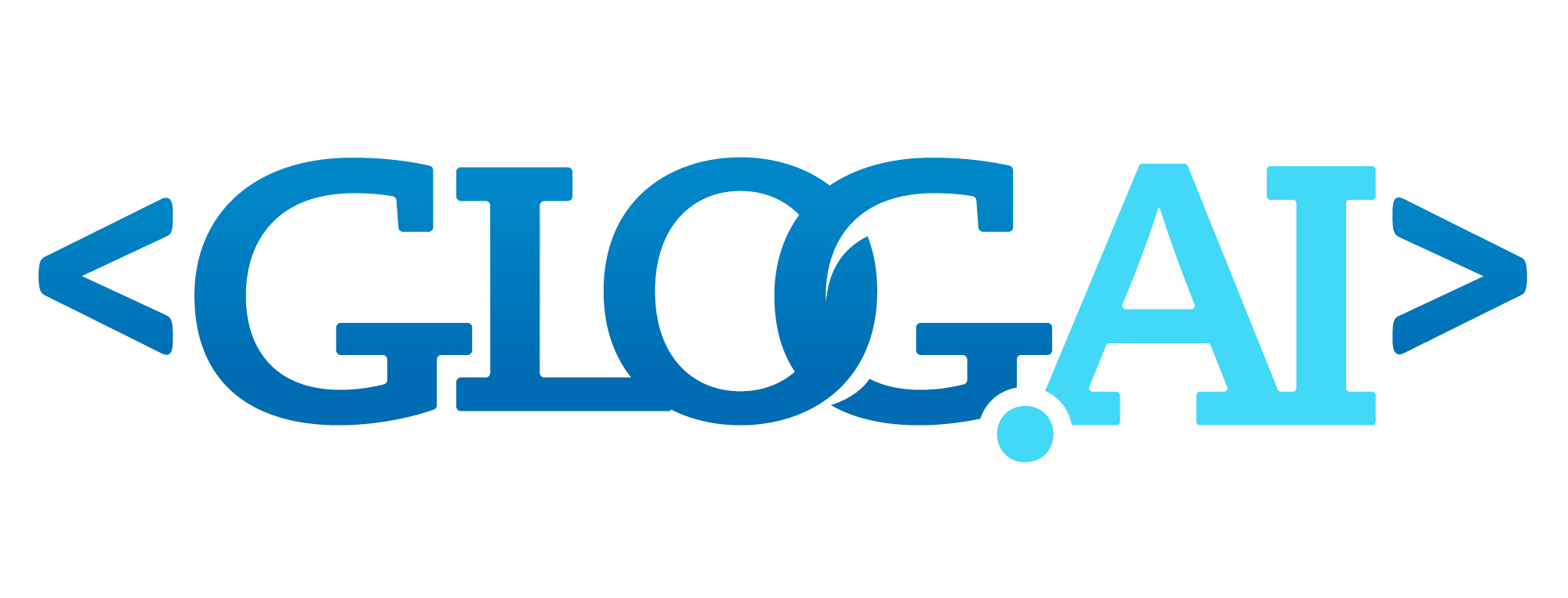Integrating Glog.AI into your development process is designed to be seamless and efficient. Here’s how it typically works:
- Integration with Development Environments:
- IDEs: Glog.AI offers plugins for popular Integrated Development Environments (IDEs) like Visual Studio Code, IntelliJ IDEA, and Eclipse. This allows developers to receive real-time security feedback directly within their coding environment.
- CI/CD Pipelines: It can be integrated into Continuous Integration/Continuous Deployment (CI/CD) systems such as Jenkins, GitLab CI, and Azure DevOps. This ensures that security checks are automated and occur at every stage of the development pipeline.
- Deployment Options:
- Cloud-Based (Software Security as a Service): For organizations that prefer a cloud solution, Glog.AI offers a Software Security as a Service (SSaaS) model. This allows for easy scalability and remote access.
- On-Premises: For those who need to keep their security solutions in-house, Glog.AI provides an on-premises deployment option.
- DevSecOps Integration: Glog.AI is designed to be an integral part of the DevSecOps approach, ensuring that security is a shared responsibility throughout the Software Development Lifecycle (SDLC). This means security practices are embedded from the planning phase through to deployment.
- Automation and AI: The platform leverages AI and machine learning to automate the detection and remediation of security vulnerabilities. This reduces the manual effort required from developers and ensures that vulnerabilities are addressed promptly.
- Remediation and Advice: Glog.AI not only identifies vulnerabilities but also provides context-aware remediation advice. This helps developers understand the issues and apply fixes more effectively.
By integrating Glog.AI, organizations can enhance their security posture, reduce security debt, and improve overall development efficiency.
Would you like to explore any specific aspect of the integration process further? Have a look at:
